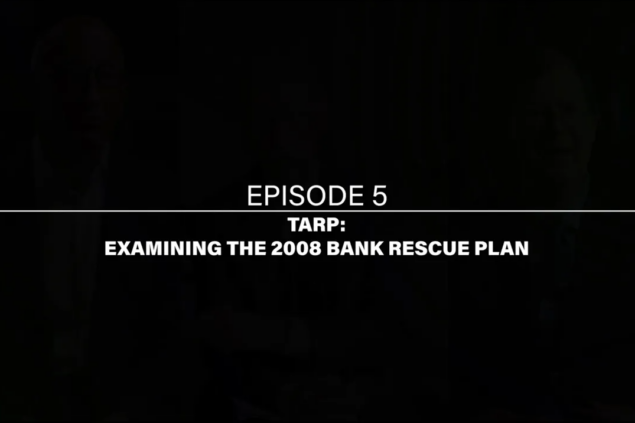Key Points in the Treasury’s Fannie/Freddie Paper
Alex J. Pollock

The important parts of the Treasury’s new paper on Fannie and Freddie reform are not the legislative recommendations, since legislation is not going to happen. They are the administrative steps which can actually be taken now, with political will. Of these the key ones are:
- Increased capital requirements for Fannie and Freddie, under which the same risks, whether taken by private institutions or by Fannie and Freddie, have the same capital protection;
- Removing regulations which especially favor Fannie and Freddie over other competitiors;
- An ongoing fee from Fannie and Freddie to the Treasury to pay for the taxpayer credit support without which Fannie and Freddie could not exist;
- Rewarding the taxpayers for their bailout of Fannie and Freddie by having Treasury exercise its warrants for 79.9% of Fannie and Freddie’s common stock. Since the exercise price is one-thousanth of a cent per share, this will be a nice and well-deserved profit for the taxpayers.
The Treasury’s articulated direction of a more competitive mortgage market with less taxpayer risk is certainly correct.

Topic
Financial Services & Corporate Governance
Sponsor
Federalist Society’s Financial Services & E-Commerce Practice Group
The Federalist Society and Regulatory Transparency Project take no position on particular legal or public policy matters. All expressions of opinion are those of the author(s). To join the debate, please email us at [email protected].




